Cannabinoid CBD Dominant
THC 4 - 5%
CBD 7.53 - 9.71%
Effect Happy
Side Effect Insomnia
Flavor Sweet
Oracle Strain Information
THC
CBD
Potency
Oracle is a Sativa-dominant hybrid. It is a unique marijuana strain with a strikingly low THC amount (4-5%) and high CBD percentage (7.53-9.71%), while most strains usually contain less than 1% CBD. This cannabis is as unique as its name. In Ancient Greek myths, oracles provided people with prophecy from the gods.
This weed variety is parented by Cannatonic and ACDC. Its origin traces back to Afghanistan and U.S. roots.
Other prominent cannabinoids synthesized by the Oracle plants are:
- CBC 0.14-0.55%
- CBG 0.4-1.2%
- CBN 0.06-0.25%
- THCV 0.39-0.52%
Negligible THC amounts make this marijuana a safe choice for novice smokers and even children who are recommended for medical cannabis use and need to avoid getting high.
Oracle Taste and Smell
This pot type features a memorable smell, which is both sweet and stinky. Its yummy aroma is formed by berry scents as typical for carene and geraniol. Also, smokers detect a skunk note with slightly pungent undertones as a characteristic of the ocimene terpene. When this weed burns, it has a lemon taste on exhale.
Strain Effects and Medical Appointments
Due to Sativa genes, the Oracle strain is able to leave users motivated all day long, making them uplifted and energetic. In a state of happiness and mild euphoria, people can experience munchie attacks. This state may be followed by body relaxation and calmness.
Due to a high CBD dose, this weed is insanely popular among MMJ patients. It acts on the endocannabinoid system and helps mitigate symptoms of the following conditions:
- Stress
- Fatigue
- Migraines
- Arthritis
- Pain
- Bipolar disorder
- Muscular dystrophy
Aside from health benefits, this pot may induce potential negative reactions. Smoking too much may cause side effects such as:
- Insomnia
- Panic attacks
- Dizziness
- Slurred speech
As a primarily medical strain, Oracle is also available for sale in the form of pills and tinctures.
Growth Information
In regard to cultivation procedures, the Oracle strain is also exceptional. It flowers faster than other cannabis phenotypes – just in 48-61 days. As a result, the Oracle seeds are very expensive. Home growers can also get clones from professional cultivators. This kush variety requires warm and semi-humid environments, mineral supplements, and regular care. It is suitable for professional growers.
The yields are average and amount to 0.5-1 oz./ft2 for indoor plants. They are expected 66 days after germination. Mature plants reach 30’’-60’’ in height. The flowers lack resin, which may be a disappointment for cultivators who prefer sticky buds. Few trichomes account for the strain’s low THC level. As an autoflowering plant, it is not dependent on changes in the light cycle and can flower automatically.
Side Effects
Simply let us know how this strain tastes or write a detailed review.
Oracle Strain Cannabinoids
| THC | Tetrahydrocannabinol, or THC, is a major cannabis chemical compound. It is a psychoactive element that stimulates dopamine release and induces euphoria or happiness. THC-rich strains may be helpful with such conditions as lack of appetite, chronic pains , etc. It is considered to be the primary active marijuana component. | 4 - 5% |
| CBD | Cannabidiol, or CBD, is a major compound in cannabis, which is non-psychoactive. It is also proved to counteract the side effects of the second major component THC. CBD is widely used for medicinal purposes in rubs, oils and so on. It is helpful in muscle pain cases, may treat arthritis and migraines. Even Greeks used it against pain, while Queen Victoria applied it to get rid of menstrual cramps. | 7.53 - 9.71% |
| CBC | Cannabichromene, or CBC, is a minor cannabinoid, meaning that its quantity in cannabis is quite little. Though it has the same origin as CBD and THC, it is different in functions. Without any psychoactive effects, it is an efficient cannabis compound in combating acne and depression. CBC produces analgesic, antibacterial and anti-inflammatory effects. | 0.14 - 0.55% |
| CBG | Cannabigerol, or CBG, is one of the minor cannabis compounds in adult plants. On the other hand, young ones contain a lot of this antibacterial and anti-inflammatory component. During the growth, CBG is converted into different cannabinoids, mostly THC and CBD. The compound itself increases appetite and decreases eye pressure. | 0.4 - 1.2% |
| CBN | Cannabinol, or CBN, is a trace element in cannabis that is considered to be mildly psychoactive. It appears from oxidation THC, exposed to light and heat. CBN is mostly contained in old cannabis and in traditional hashish. It is effective against insomnia, bacterial infections and appetite loss. | 0.06 - 0.25% |
| THCV | Tetrahydrocannabivarin, or THC-V, is a compound contained in cannabis in trace amounts. Even though it is close to THC molecularly, it is different in effects. This compound may be psychoactive only in large amounts. THC-V reduces blood sugar, controls appetite, stimulates bone growth, etc. African Sativa strains are the richest in THC-V. | 0.39 - 0.52% |
Oracle Terpene Profile
| Carene | Carene (also known as Delta-3 carene) is a terpene found in rosemary, lemons, pines, and cedars, offering citrusy and cypress aroma. Studies on mice showed that carene provides anti-inflammatory effects, as well as promotes bone health and chronic pain relief. | 0.24% |
| Ocimene | Ocimene (derived from the Ancient Greek word Ocimum meaning basil) is a terpene with sweet and herbaceous flavors, also boasting citrusy and woody undertones. Naturally, ocimene occurs in mint, parsley, orchids, hops, kumquats, mangoes, basil, bergamot, lavender, and pepper. Offers antifungal, anti-inflammatory, and antiviral properties. | 0.41% |
| Geraniol | Geraniol is a terpene initially contained in geraniums, as well as lemongrass, lemon peels, roses, blueberries, and carrots. The aroma is a sweet rose scent with notes of citrus. Geraniol features anti-inflammatory, antibacterial, antifungal, and neuroprotectant properties. It's rumored to have side effects such as allergic contact dermatitis or sensitive skin irritation. | 0.29% |
| Terpineol | Terpineol (also known as alpha-terpineol or a-terpineol) is a terpene naturally occurring in more than 150 plants, including lilacs, lime blossoms, eucalyptus sap, and pines. Among the therapeutic qualities are anti-inflammatory, antioxidant, antitumor, and antimicrobial. In cannabis, terpineol boasts the distinctive pine smoke aroma and causes a relaxing, sedative effect. | 0.06% |
| Total terpenes content | 1.00% |
Growing Info
Oracle strain lineage
Similar Strains
THC 20.6 - 22.8%
CBD 0.24 - 0.63%
Effect Sleepy
Flavor Sweet

THC 19 - 21.25%
CBD 0.38 - 0.8%
Effect Euphoric
Flavor Diesel
THC 20 - 22.75%
CBD 0.64 - 0.84%
Effect Giggly
Flavor Sweet
THC 17 - 24%
CBD 0.48 - 0.84%
Effect Hungry
Flavor Pine
THC 21 - 22%
CBD 0.43 - 0.55%
Effect Tingly
Flavor Spicyherbal
THC 15 - 15%
CBD 0.39 - 0.49%
Effect Uplifted
Flavor Tea
THC 13.4 - 16%
CBD 0.53 - 0.9%
Effect Happy
Flavor Pineapple
THC 21.5 - 27.5%
CBD 0.25 - 1.15%
Effect Concentrated
Flavor Chestnut
THC 20.33 - 24.33%
CBD 0.35 - 0.74%
Effect Euphoric
Flavor Citrus

THC 19 - 22.25%
CBD 0.54 - 0.86%
Effect Relaxed
Flavor Pine
THC 16.5 - 23.5%
CBD 0.62 - 0.82%
Effect Giggly
Flavor Lemon
THC 21.75 - 24%
CBD 0.48 - 0.76%
Effect Happy
Flavor Strawberry

THC 16.5 - 19%
CBD 0.57 - 0.85%
Effect Relaxed
Flavor Sweet
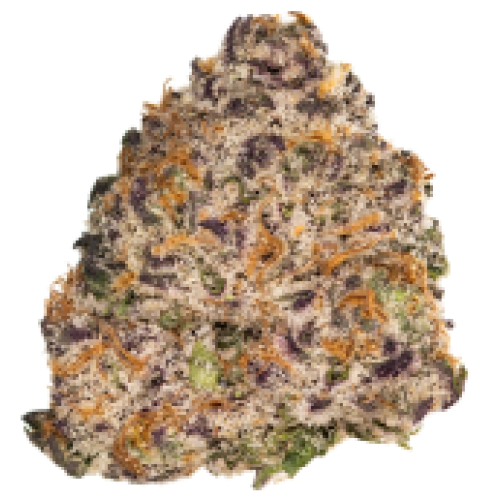
THC 13.58 - 12.5%
CBD 2.78 - 4.43%
Effect Euphoric
Flavor Spicyherbal
THC 15.75 - 17.5%
CBD 0.33 - 0.52%
Effect Happy
Flavor Pineapple
THC 14.5 - 18%
CBD 0.38 - 1.12%
Effect Tingly
Flavor Lemon
THC 23 - 24%
CBD 1.13 - 1.43%
Effect Uplifted
Flavor Sweet
THC 10.5 - 12%
CBD 0.02 - 0.44%
Effect Tingly
Flavor Vanilla
THC 15.75 - 24%
CBD 0.02 - 0.46%
Effect Uplifted
Flavor Tar

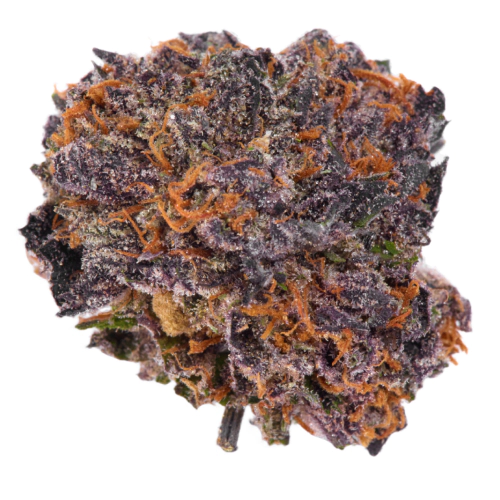




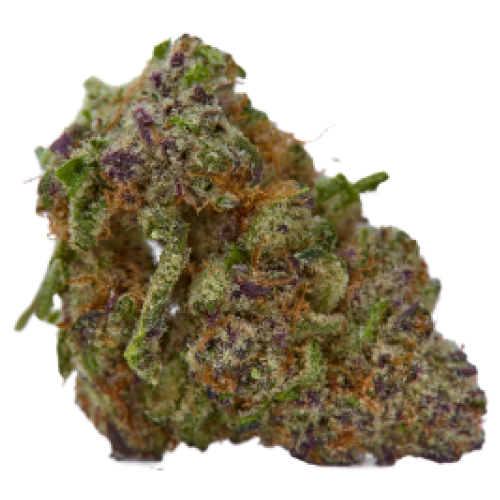
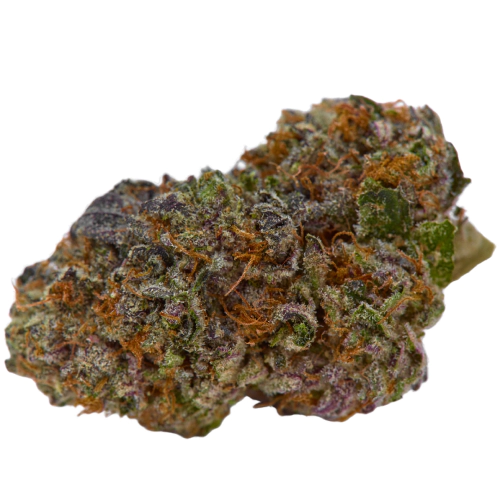
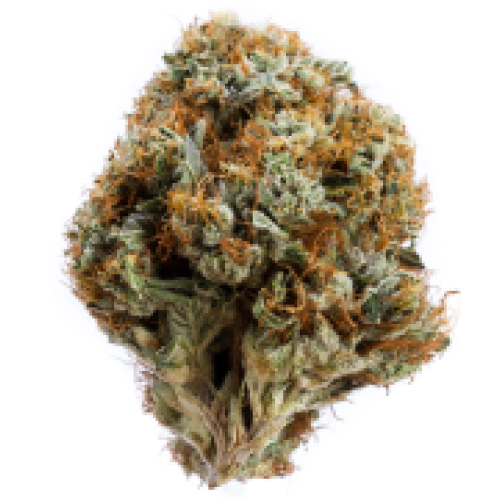
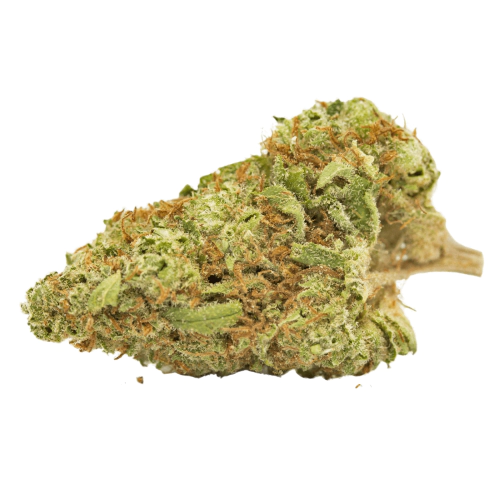
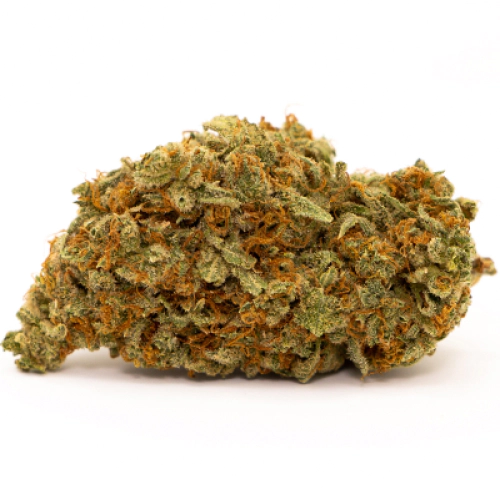
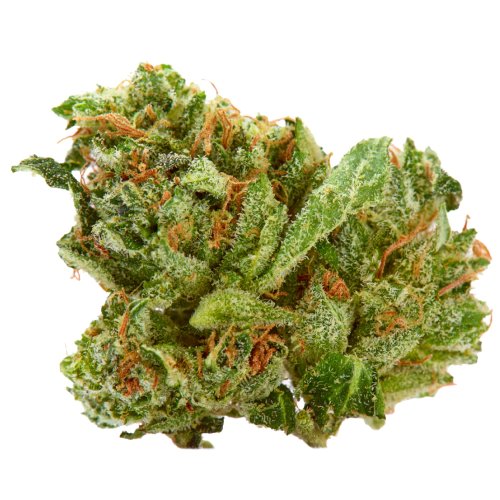




Be the first and share your opinion
Write a Review